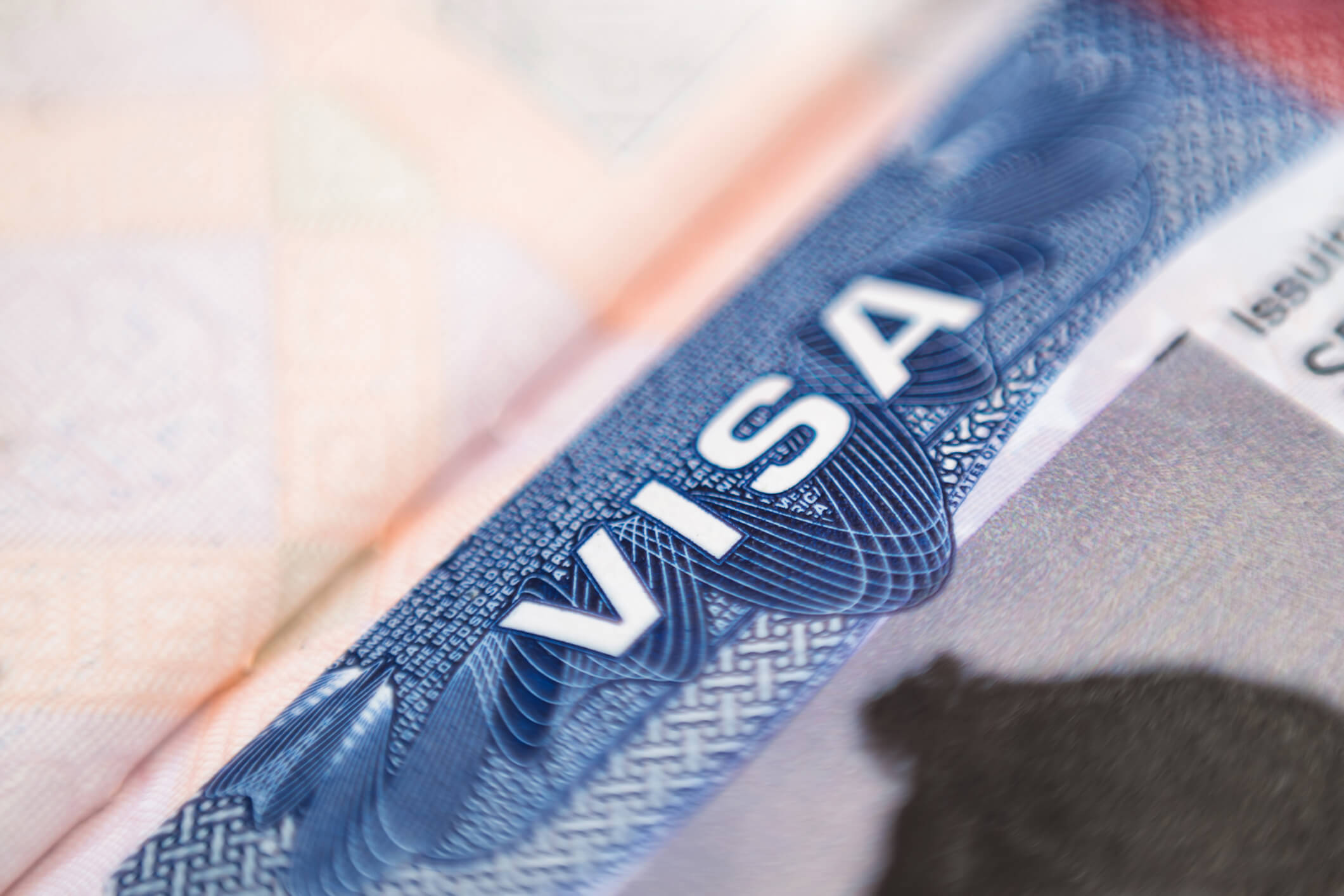The U.S. Department of State’s (DOS) Visa Bulletin sets out per country priority dates that regulate when an individual can begin the final phase of the “green card” process, either through adjustment of status or consular immigrant visa application. Individuals with a priority date that is earlier than the date listed for that visa category and country can proceed with their application.
The December 2013 Visa Bulletin reveals severe retrogression in the priority date cut-off for the India EB-2 (Employment-Based, second preference) category. More specifically, the priority cut-off date for India EB-2 has retrogressed, by several years, to November 15, 2004 and will likely not advance beyond that point until the summer of 2014.
In recent Visa Bulletins, cut-off dates for the India EB-2 category had advanced to June 15, 2008. The resulting availability of immigrant visa numbers in the India EB-2 classification meant that individuals with a priority date of June 15, 2008 or earlier could advance to the final step of the lengthy green card application process.
The retrogression is largely due to an increase in demand for immigrant visa numbers in the EB-2 category as a result of Indian nationals filing new applications for adjustment of status or those with older EB-3 (Employment-Based, third preference) priority dates “upgrading” to the EB-2 category to expedite processing. Another factor is the higher demand for visa numbers in the EB-1 (Employment-Based, first preference) category, leaving fewer available visa numbers for the EB-2 and EB-3 quotas.
The ability to predict demand is impeded by the fact that there are no statistics on EB-3 to EB-2 “upgrades.” If a foreign national is upgrading from EB-3 to EB-2, both cases for that individual remain open (so it appears that two numbers are being used). It is only upon the approval of the green card that the duplicate file number ceases to exist and the Visa Office is advised by the U.S. Citizenship and Immigration Services (USCIS) to cancel a pending EB-3 case.
Impact on Employers
For employers, the unavailability of visa numbers may mean a much longer processing timeframe for employment-based green card cases. Employers should regularly review each foreign national employee’s current nonimmigrant status and work authorization for long-term planning.
Immigrant visa availability cannot be predicted since it is based on demand. Ogletree Deakins will continue to work with eligible EB-2 Indian nationals with current priority dates to ensure that their immigrant visa and adjustment of status applications are filed and received by USCIS by November 30, 2013 in anticipation of the December retrogression. On December 1, 2013, those with priority dates later than the cut-off date of November 15, 2004 will be unable to file until a visa number becomes available.




